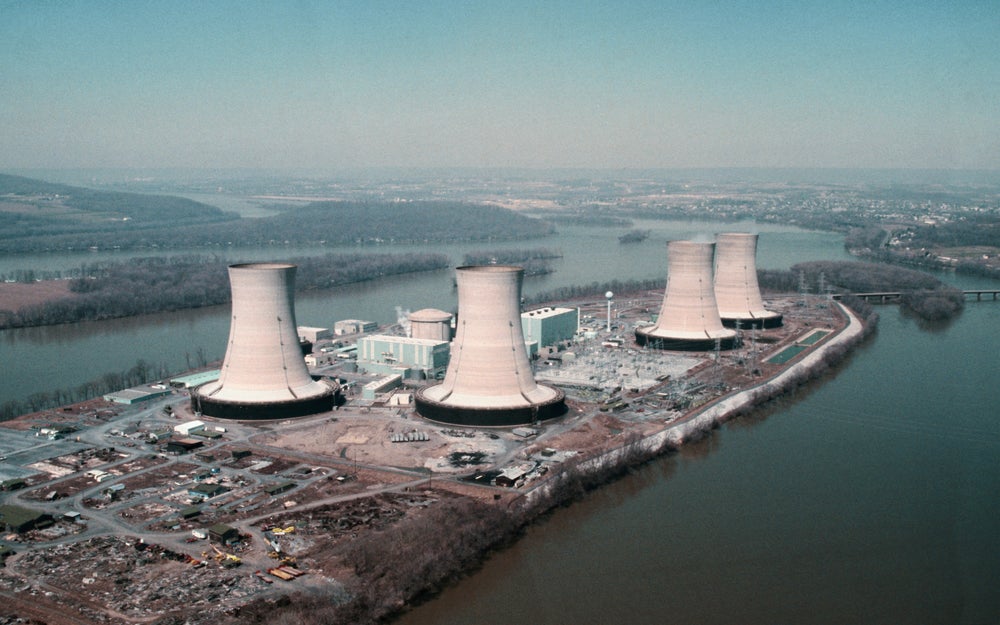Three Mile Island, the three-mile nuclear station near Harrisburg, Pennsylvania, has been closed since 2019. Now the island is set to reopen by 2028 to power Microsoft’s data centers, which are foundational to the tech giant’s AI and cloud computing businesses.
Constellation Energy, the owner of the power unit, announced the 20-year deal on Friday, which involves Microsoft buying energy from the restored plant. Restarting the plant means a $1.6 billion investment to revive it, ensure everything is up to date, and obtain the necessary permits and licenses. The payoff is significant though — the plant could create 3,400 new jobs directly and indirectly, and add $16 billion to Pennsylvania’s GDP.
Microsoft’s decision to turn to nuclear power is a sign of the high amounts of power required for the AI boom. According to Bloomberg, AI has increased demand for carbon-free electricity — and Microsoft’s move to purchase nuclear energy for 20 years, the first agreement the tech giant has signed of its kind, is the latest move to meet that need.
Three Mile Island. Credit: Getty Images
Since the agreement was announced, opinions have been mixed about how to proceed. Pennsylvania Governor Josh Shapiro supports the deal and wants it “fast-tracked.” Residents of Perry County, Pennsylvania, however, are writing letters to the newspaper noting that the problem of nuclear waste or by-products should be addressed before the plant opens.
Related: How Much Does It Cost to Develop and Train AI? Too Much.
Dr. Michael Goff, acting assistant secretary of the Department of Energy’s Office of Nuclear Energy, stated that the restart was “an important milestone.”
“Always-on, carbon-free nuclear energy plays an important role in the fight against climate change and meeting the country’s growing energy demands,” Goff said.
Three Mile Island was once known as the site of the most serious accident in U.S. commercial operating history. In March 1979, part of the power plant melted down and released small amounts of radioactivity. The incident inspired greater regulations and led to less public confidence in nuclear power in the following decades, though there were no injuries, deaths, or long-term health effects observed from the accident.
The post originally appeared on following source : Source link

